Last
Thursday I spent a couple hours of the morning checking the sparrow flocks
along the Rillito River with my friend Keith Kamper. It was a good excuse for a
bike ride (about 12 miles round trip), and I wanted to follow up on a report of Clay-colored Sparrow from
the Tucson Valley CBC over 5 weeks ago. Thanks to the rainy first week of January, there’s still water flowing in the wash.
We tallied
36 species as we walked the wash between Craycroft and Swan Roads, slowly
flushing birds as we navigated the sometimes dense brush. One of the first
birds I spotted was a White-throated Sparrow, a bird that was missed on the CBC
and the second one to be found in the circle since then. I failed to get a
photo of it. Birds disappear quickly in this habitat.
By far the
most abundant bird this morning was Lesser Goldfinch. Most of them had already eaten and bathed and were joining in a chorus of insanse mimicry in the mesquites lining the bike path. We hoped to find Lawrence’s among them, but there
weren’t any.
The shrub
they and the many other sparrows are feasting on is a composite with very
strange fruits, Ambrosia salsola,
Burrobush. It used to be placed in the genus Hymenoclea but now is merged with the ragweeds and bursages.
There were
lots of White-crowned Sparrows, and just one of them was of the rare (here in
winter) subspecies oriantha, with the
black lores and pinkish orange (not yellow) bill.
There were a
few Rufous-winged Sparrows.
But we paid particular
attention to the flocks and flocks of Brewer’s Sparrows, drab, but cute.
And it
finally paid off – a Clay-colored Sparrow amongst them! Extremely similar in
size, shape, proportions, and call note, they usually hang out with Brewer’s.
The pale lores, broad grayish-buff supercilium, contrastingly pale whitish
malar, gray collar, and well-defined ear coverts with a warm brown center are
all good marks, but it was the contrasting brown patch in the wing caused by
the edges of the tertials and secondaries that first caught my eye.
We flushed a
couple Greater Roadrunners on our way back.
It was still
cool, but there was an active nest of these shiny, smooth harvester ants. Their
small size, shinyness, time of year, and shape of the nest help identify them as Veromessor pergandei.
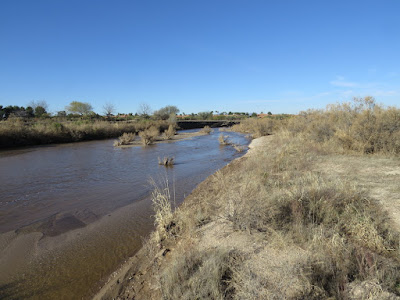


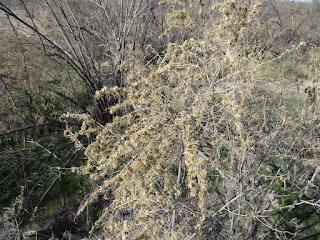


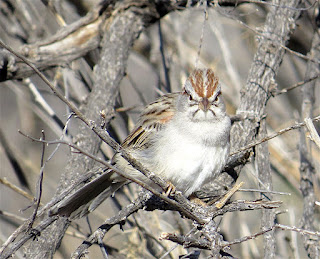

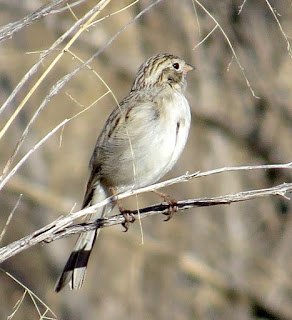
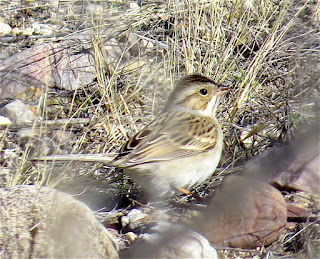
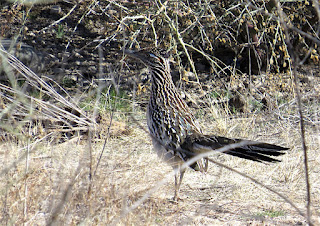







Very interesting report, Rich!
ReplyDelete